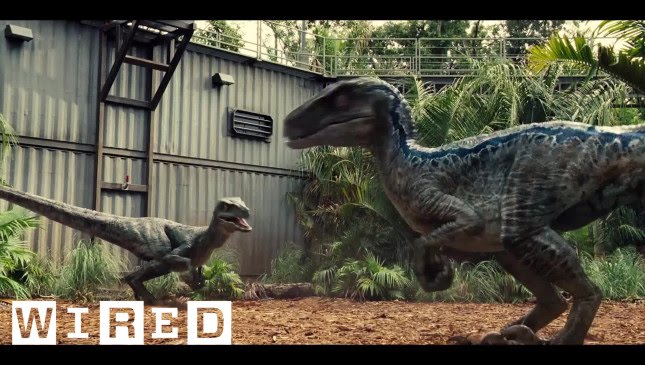Tropical Giant: The Coconut Crab
Summary
In this article, we explore the world of the Coconut Crab, an outlandish crustacean that grows to be the largest terrestrial arthropod on earth. We learn of its love for coconuts, fruits, and vegetables, as well as its peculiar taste for carcasses and kittens. Additionally, we discuss the physical attributes that make this creature unique and potentially dangerous.
Table of Contents
- Introduction
- What is the Coconut Crab?
- What does the Coconut Crab Eat?
- What are the Physical Characteristics of the Coconut Crab?
- What are the Dangers of the Coconut Crab?
- Conclusion
Introduction
As we stroll on this beautiful tropical scene, we come across a fascinating creature known as the Coconut Crab. In this Q&A, we will explore the world of this supersized hermit crab without a shell and uncover some interesting facts about it.
What is the Coconut Crab?
The Coconut Crab, as its name implies, is a large species of hermit crab that can grow to be up to three feet across and weigh up to nine pounds. Interestingly, it is the largest terrestrial arthropod on earth, which means that it doesn’t depend on water to breathe or regulate its body temperature, unlike other types of crabs.
What does the Coconut Crab Eat?
The Coconut Crab is omnivorous, meaning it eats both plant and animal matter. It particularly loves coconuts and is powerful enough to tear through their tough outer shells. Besides, it has a taste for fruits and vegetables, as well as the occasional carcass here and there. However, as strange as it may sound, some Coconut Crabs have been seen feasting on kittens, which makes it a potential danger to pets and other small animals in its environment.
What are the Physical Characteristics of the Coconut Crab?
The Coconut Crab has a remarkable exoskeleton that serves as protection against predators and harsh elements in its environment. This shell can get heavy, especially in fully grown adults, who must bear its weight on land. Additionally, the Coconut Crab has two powerful claws that can exert tremendous force and can be used both for defense and for catching prey. It also has ten legs, two of which work as arms to help bring food and other objects to its mouth.
What are the Dangers of the Coconut Crab?
Although the Coconut Crab is not generally a danger to humans, it can pose some risks. As mentioned earlier, it has powerful claws that can clamp down on unsuspecting prey and human flesh alike. In some cases, people have lost fingers or suffered severe injuries from trying to handle these creatures without proper precautions. Additionally, the Coconut Crab can be a potential threat to small pets, such as cats or dogs, who may wander too close to its range.
Conclusion
In conclusion, the Coconut Crab is a fascinating creature that inhabits some of the world’s most beautiful tropical environments. Although it can look intimidating and potentially dangerous, it generally tries to avoid contact with humans and prefers to feast on coconuts and other tasty treats. Nevertheless, it’s important to remember that, like any wild animal, the Coconut Crab should be respected and given space to live its life peacefully in its natural habitat.







